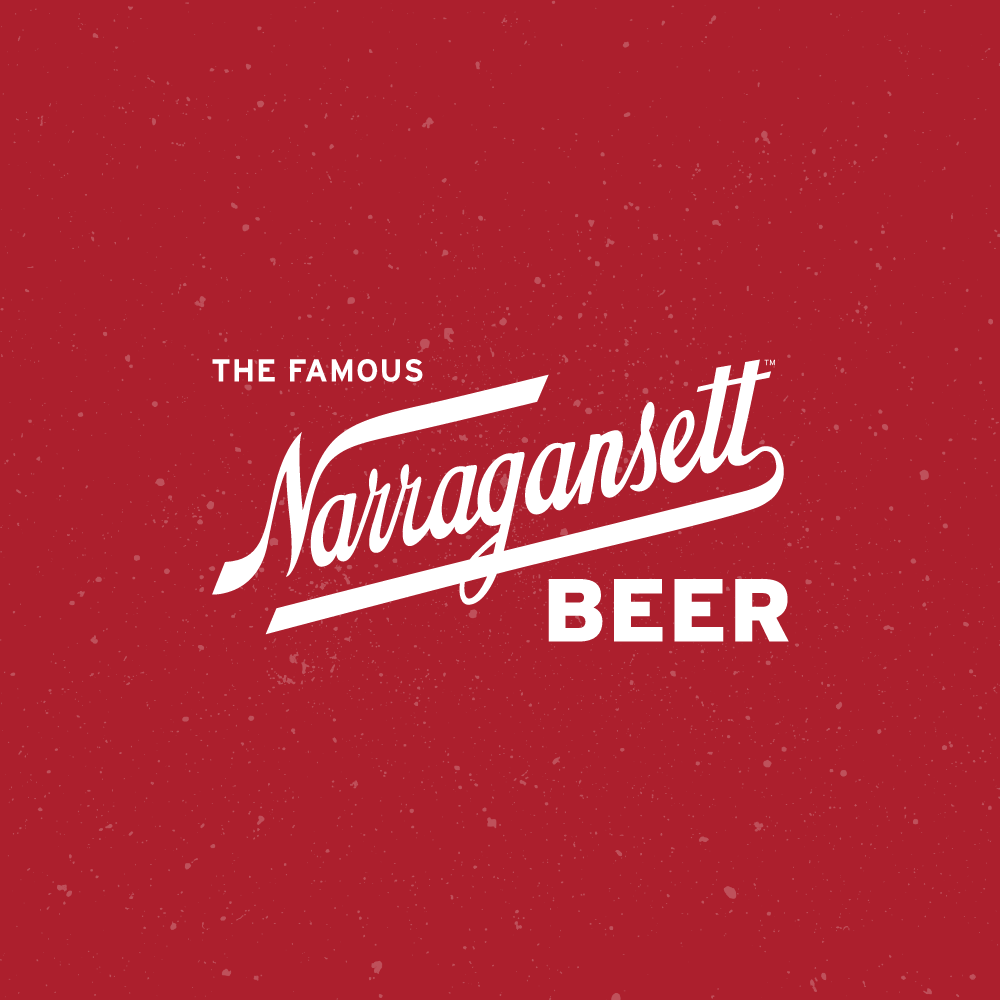The Rhode Island City of Cranston is celebrating it's 100th birthday today. And being the former home of the original Narragansett brewery for all those years, we thought we'd give the city a shot-out. So Happy 100th Anniversary Cranston! Let's raise a 'Gansett to celebrate this centennial and many more to come.
Here's an excellent ProJo article on today's celebration and some of the city's history from writer Maria Armental.
Cranston celebrates its 100th birthday as a city
CRANSTON, R.I. -- Centennial celebrations are the chance for cities to put on their best show.
Balloons. Souvenirs. Speeches.
It's not every day that one reaches 100.
Cranston celebrates its birthday today -- the 100th anniversary of the Town of Cranston becoming the City of Cranston. The revelry includes a cake and little else.
The celebration is being held at 11:30 a.m. at the Cranston Senior Center, 1070 Cranston St.
"Just financially for us, there's no way we can afford a big hoopla," said Robin Muksian-Schutt, director of administration for Mayor Allan W. Fung.
The city's historical society is planning a weekend of celebrations Oct. 16-17 coinciding with a grand reopening of the Sprague Mansion after two years of renovations.
Cranston traces its beginnings to Roger Williams' 1638 "Pawtuxet Purchase" of Narragansett Indian tribe land that is now the eastern part of the city, including Pawtuxet Village.
Originally part of Providence, Cranston seceded from the city in 1754 and was incorporated as a town, which then included parts of today's South Providence, Elmwood and Washington Park in Providence. (Much of Providence's Roger Williams Park was also part of Cranston.) The new township had a population of 1,460.
By most accounts, Cranston was named after Gov. Samuel Cranston, who was elected governor in 1698 and reelected until his death in 1727.
Some say, however, that Cranston was actually named after the governor's son, Thomas Cranston, who at the time of the incorporation served as Speaker of the House. Still others point out that the original documents of incorporation showed Lynn as the name for the new township and Cranston was written over it, suggesting it was a last minute decision.
Over the years, Cranston ceded chunks of land to Providence in what historians say was an attempt by local and state politicians to maintain Republican control of the city and the General Assembly. At the time, Cranston was heavily Republican, but faced a large influx of Irish immigrants who tended to be Democrats.
As the population grew, there was ultimately a move to change Cranston's governing structure so that its finances would no longer be decided at a town meeting, more easily influenced by demographic shifts.
What voters had twice rejected, the General Assembly granted. On March 14, 1910, Cranston became a city. The population was 21,107.
But the Republican plan backfired. Democratic lawyer Edward M. "Eddie" Sullivan became the first mayor and Democrats seized control of the City Council.
One hundred years later, Democrats control all seats on the council, but Fung, a one-time Democrat, is a Republican mayor.

